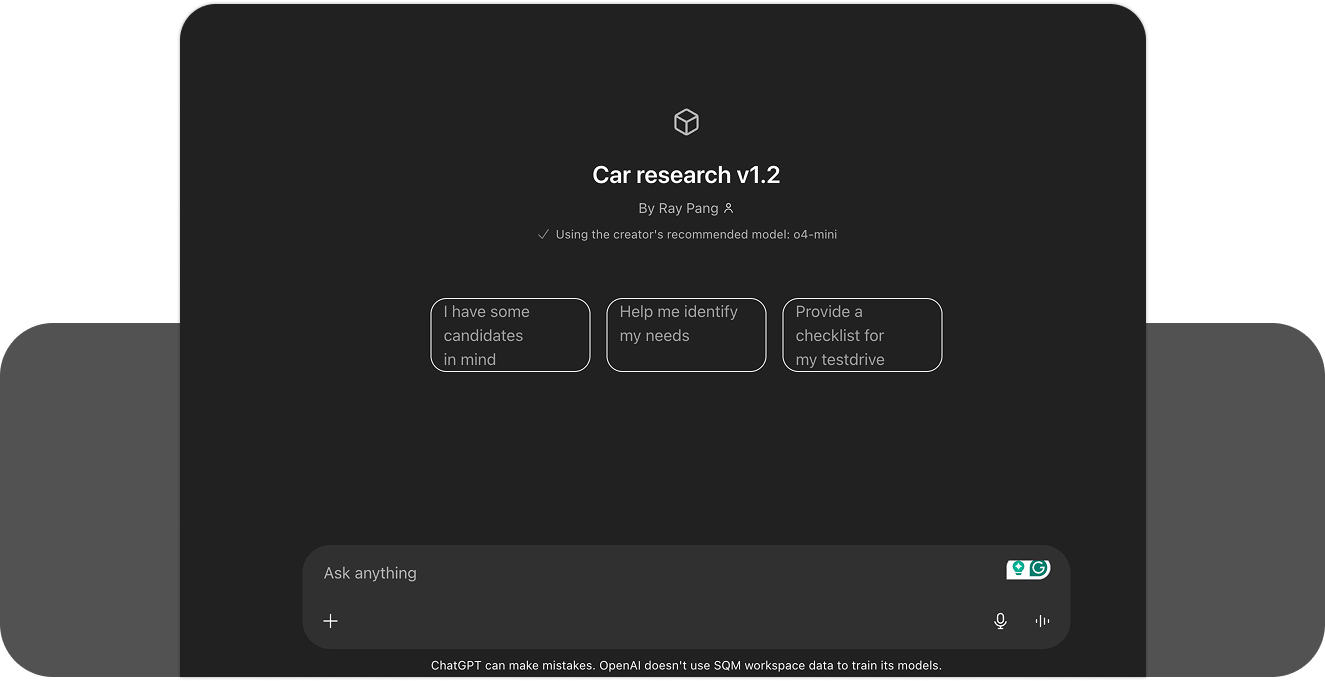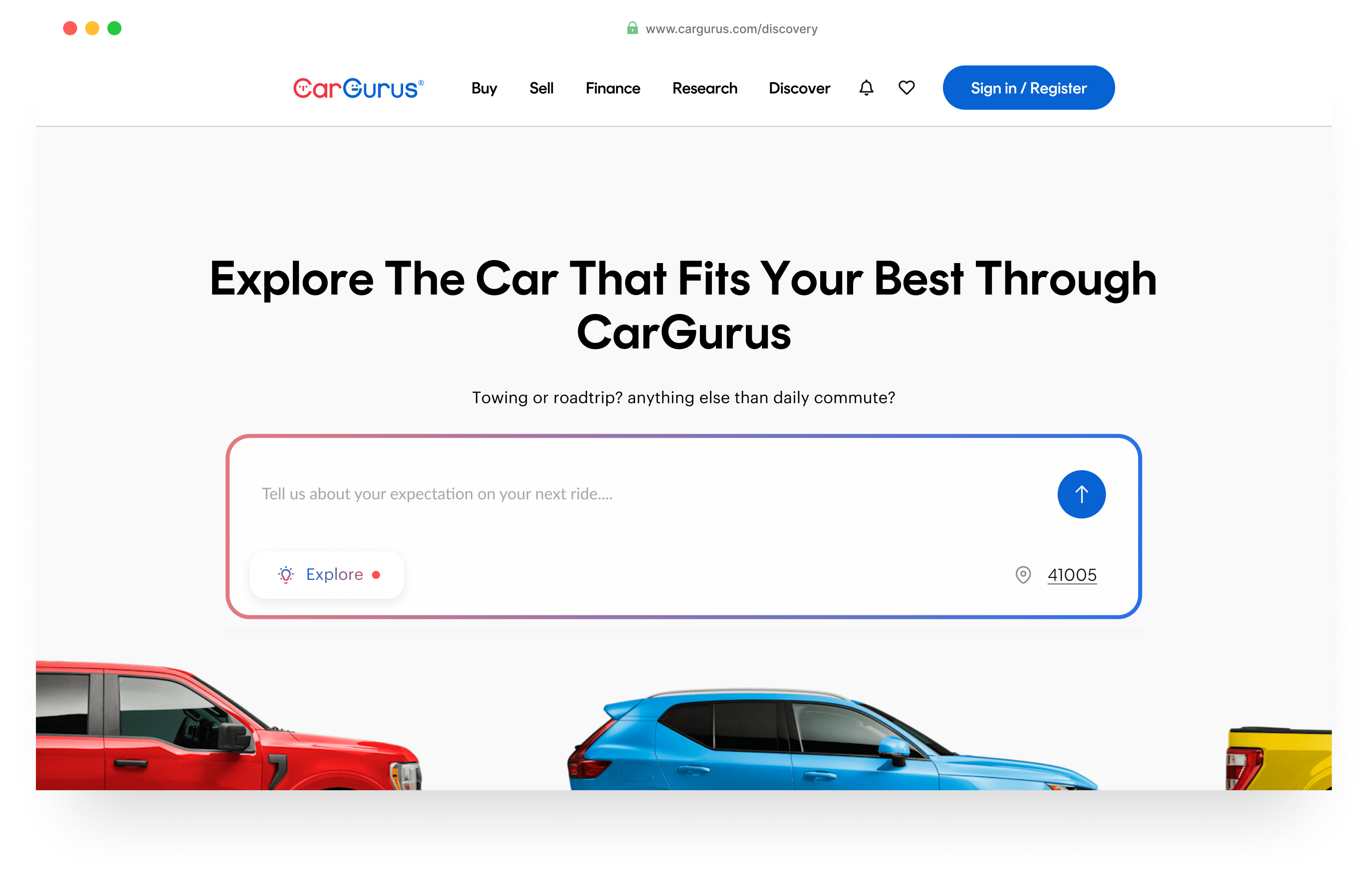

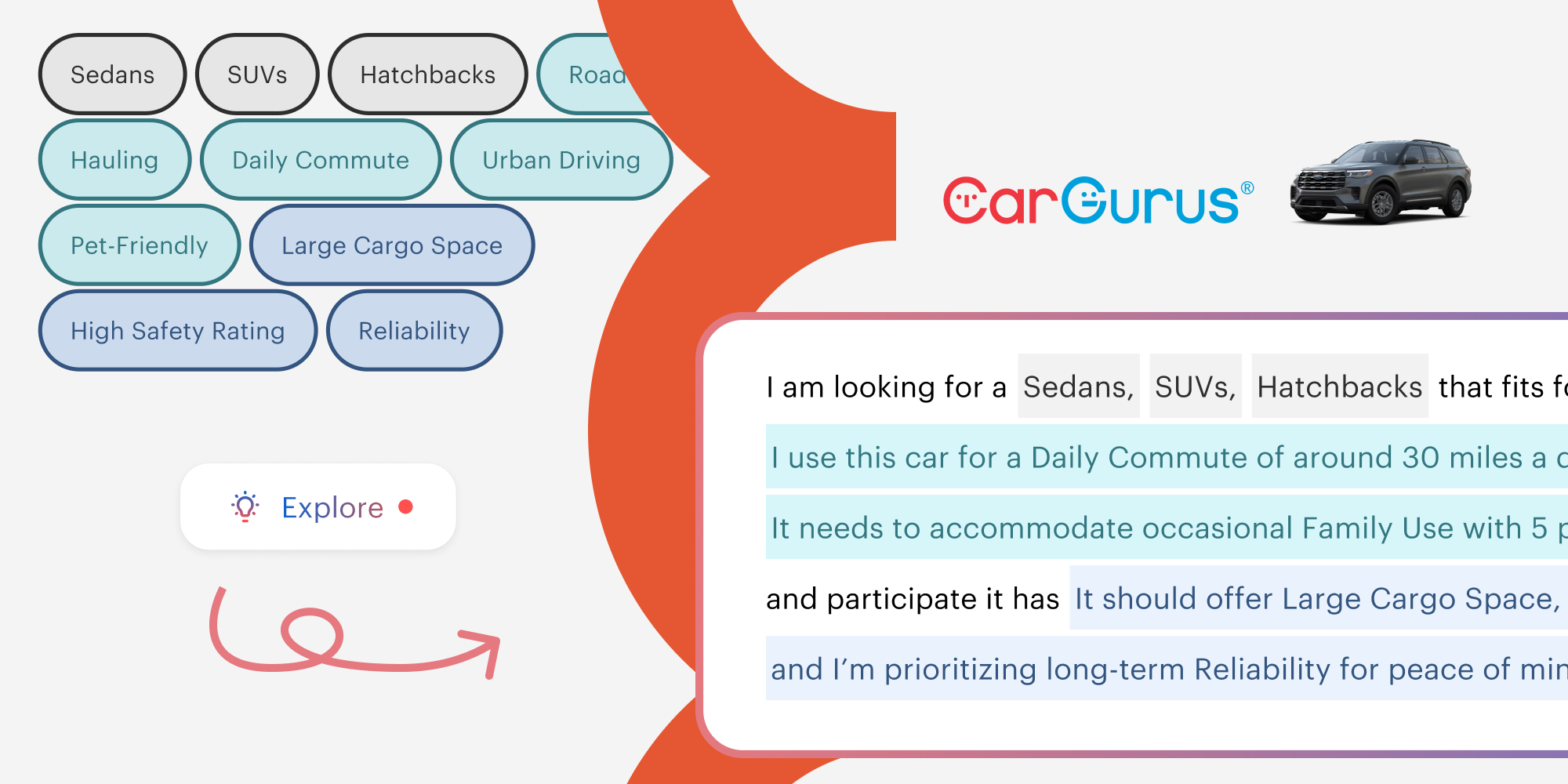
Auto buying involves high financial commitment, long-term ownership implications, and a multitude of options—from brands to trims to feature packages. This complicated information gathering process is great for AI implementation.
In 2025, CarGurus integrates conversational AI in its Car Discover feature. With a dialog-styled car research experience, users can input their requirements, needs and budget to get model recommendation and a filtered searching result.

Most AI-assisted car research tools—including CarGurus’ current discovery feature, begin by asking users to describe the car they want. This involves two sub challenges:
Faced with a blank chat interface, users often struggle to translate their goals into specific features—especially if they’re unfamiliar with automotive terminology or options.
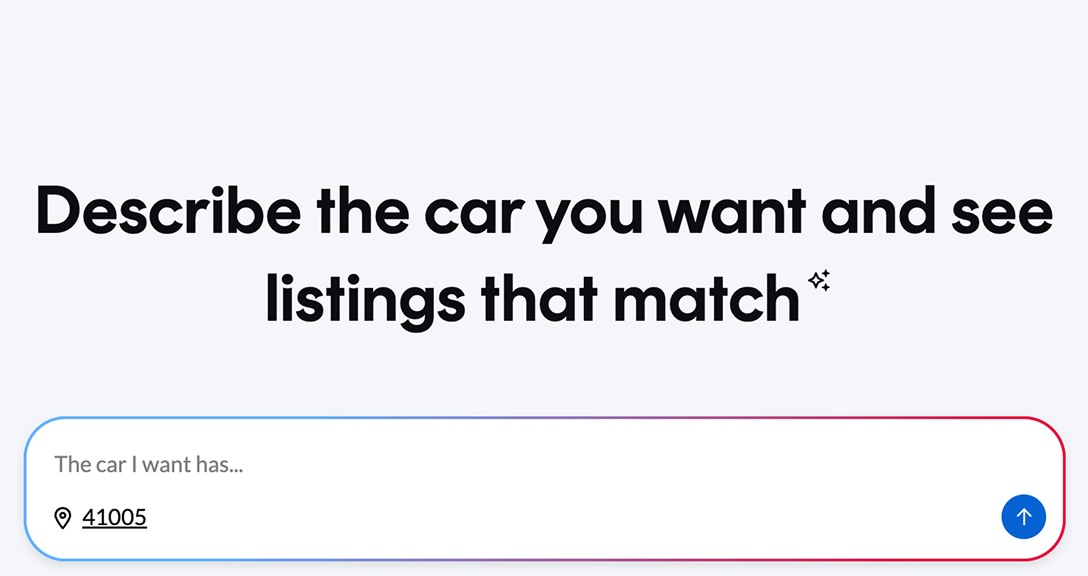
Many users haven’t fully defined what matters to them. As a result, their initial prompts may overlook key tradeoffs or reflect unconscious biases.
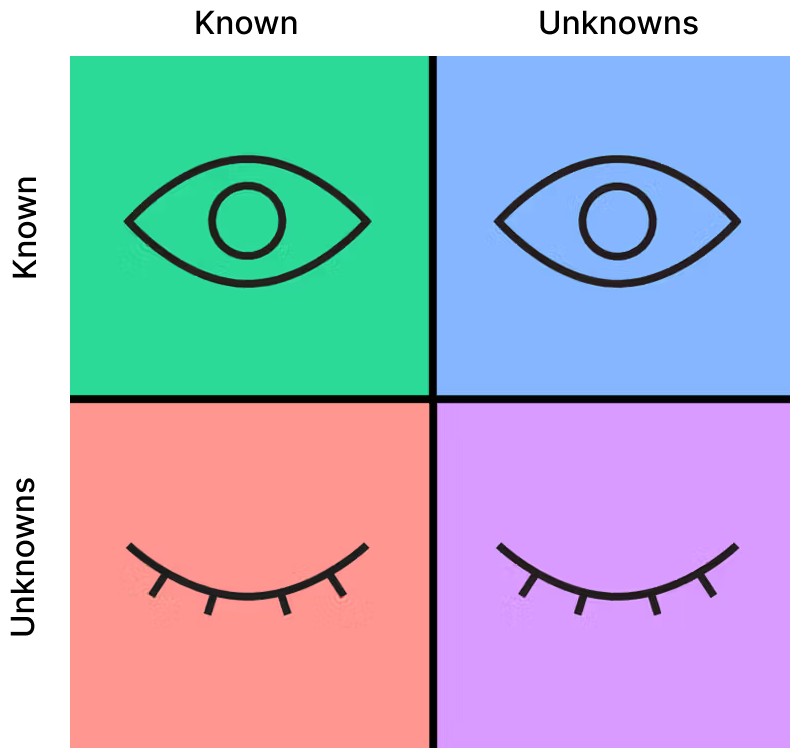
To better understand the problem space, I conducted five semi-structured interviews to explore:
Following the interviews, I invited each participant to interact with the CarGurus Discovery Tool using a think-aloud protocol. This allowed me to capture their internal thought process and reactions as they engaged with the AI-assisted experience. I specially concentrated on the initial process of needs framing

Based on our interview findings, we observed that users gradually refine their needs through each round of research and interaction with the AI. Maintaining the conversation flow plays a critical role in helping users articulate and deepen their requirements over time. From these insights, we developed two behavioral archetypes that represent our primary user groups.


We also observed that contextual cues are powerful triggers—they help users recall and articulate more detailed information. This presents a strong opportunity to design AI interactions that use context as a prompt to unlock deeper user input.

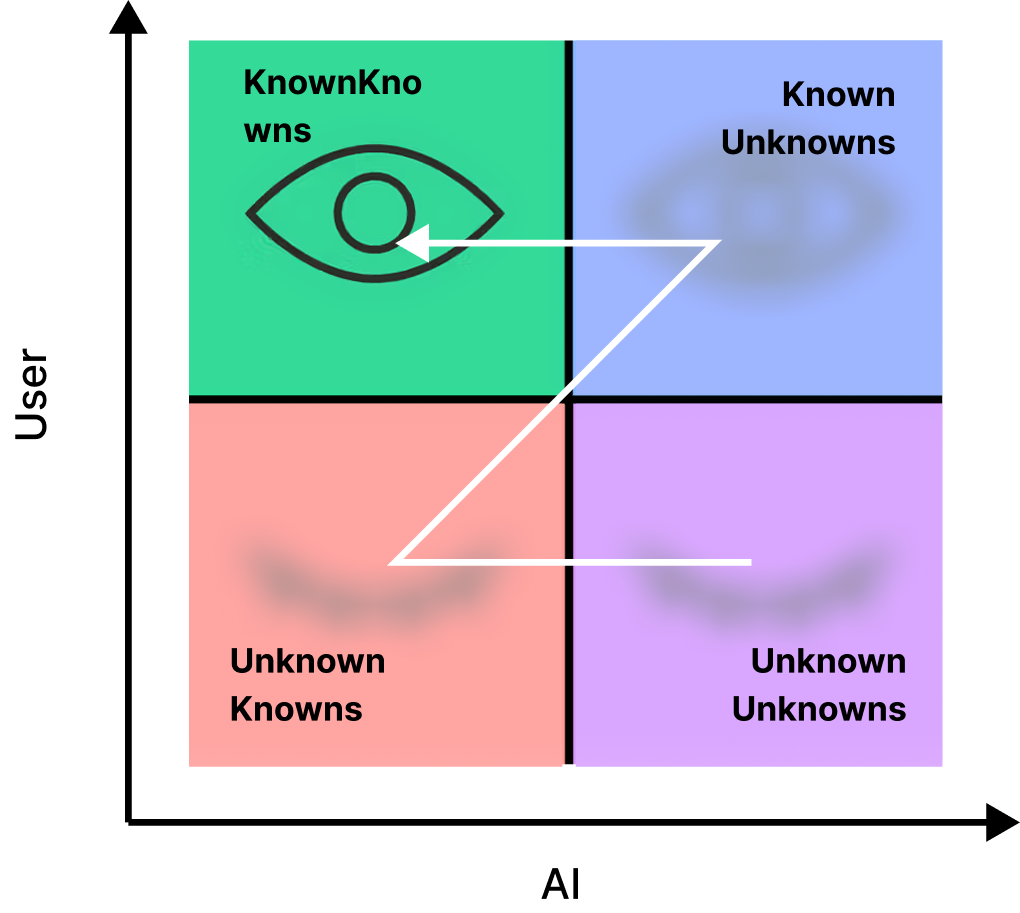
To help user quickly frame their prompt, I used AI generated a list of keywords based on the Features, Advantages and Benefits (FAB) framework to help user better structure their context. With this method, AI can better understand what trigger user made current decision and therefore brings new information and provides different strategies.

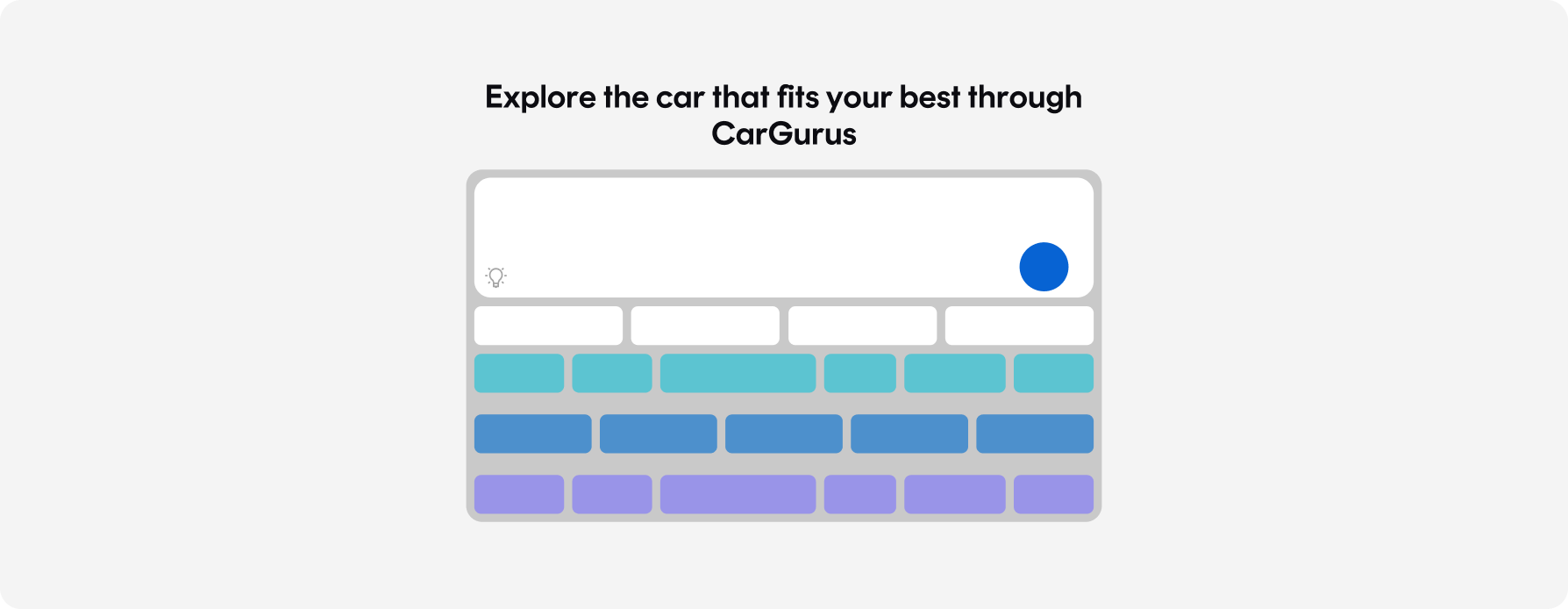
Animation iteration
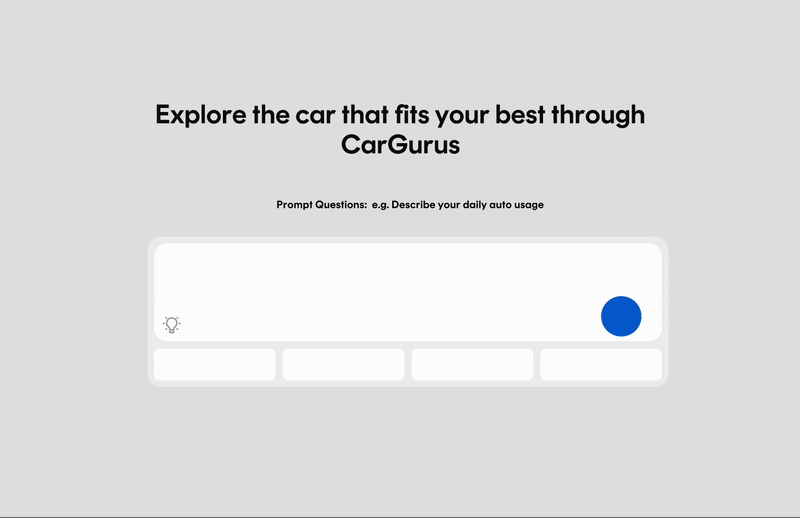
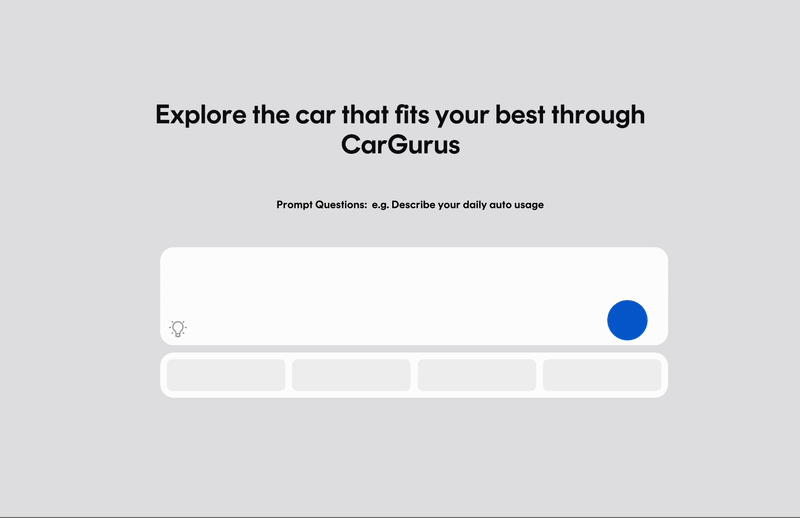
✅
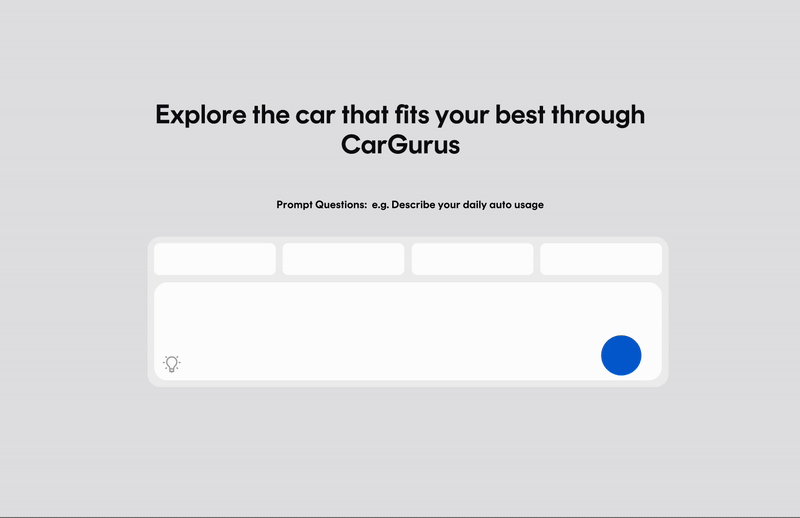

Comparing directly generate list result and suggestions, I separated the research process into 3 sections with different purposes with prompt setting. This ensures a continuously conversation with user for more information and make the reasoning process transparent and controllable.

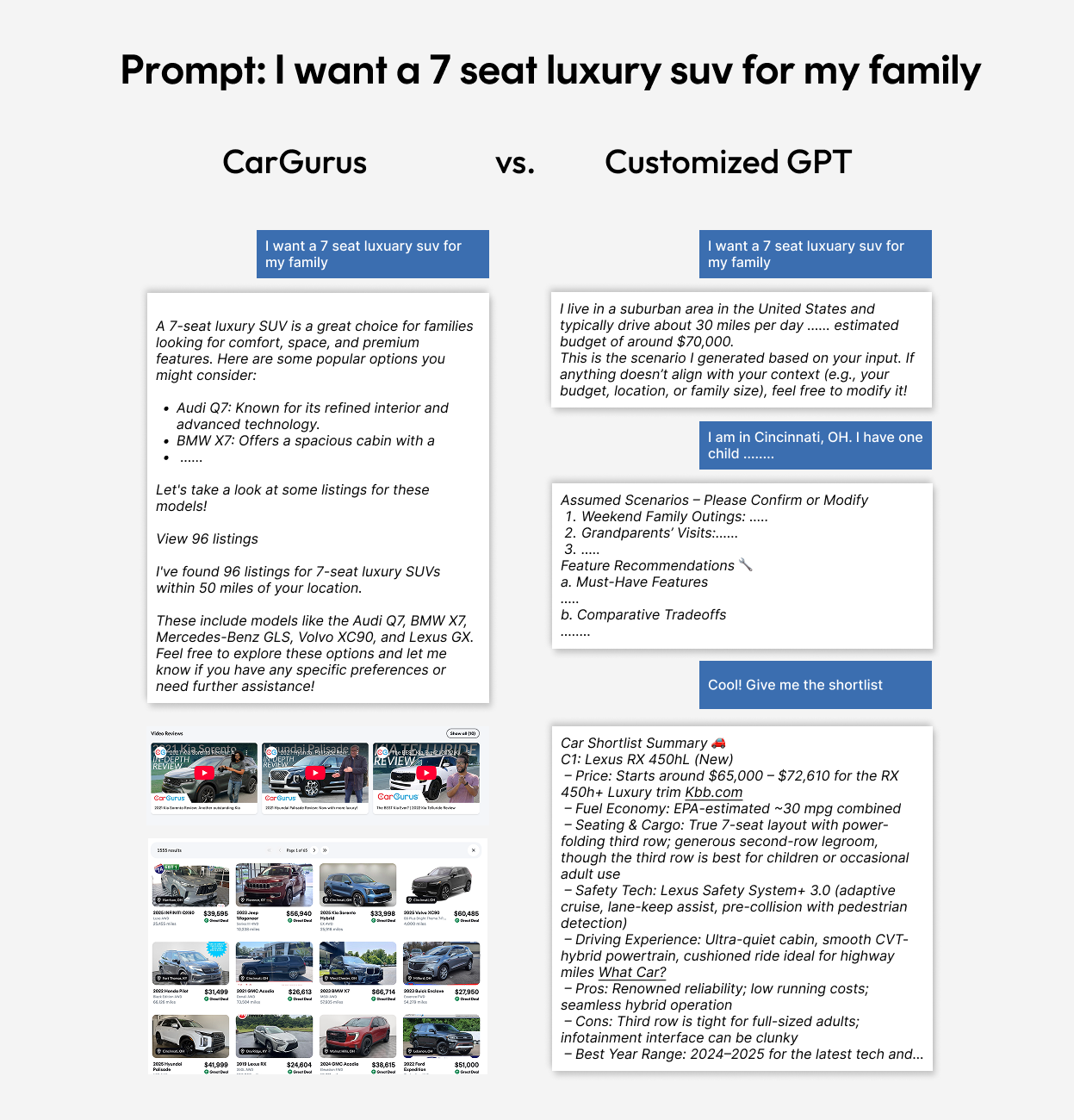
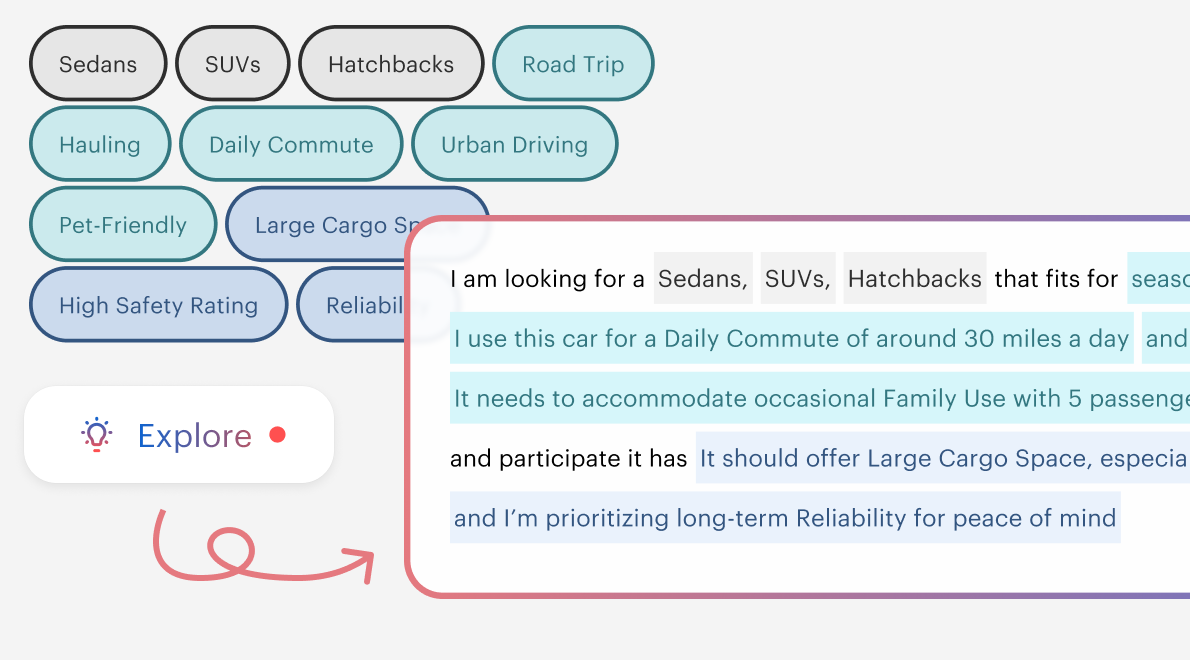
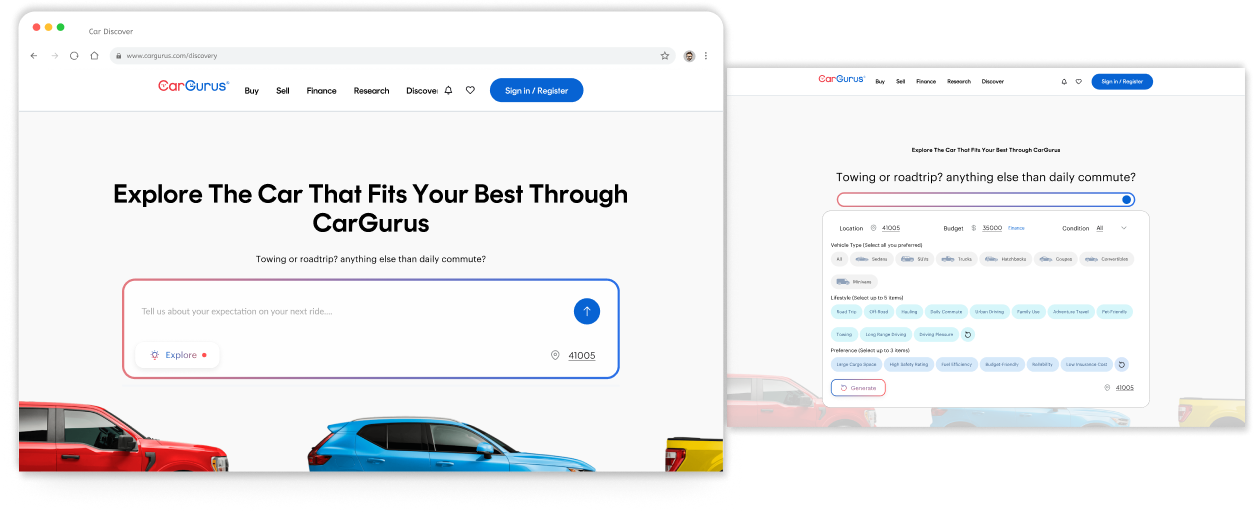

Functional prototype through Customized GPT
